I have noticed and allowed without judgment to transition between poses using my knees. When I move into downward dog, I go through tabletop first. When I move from downward dog into any warrior pose, I drop to the knee of my back leg, place the foot of my front leg into position, and then stand into the posture. I didn’t have this issue when I started taking those vigorous yoga classes in my later 20s. I have to keep reminding myself I am not a woman in her late 20s anymore.
Ideally, a person would flow gracefully from one pose to the next in a vinyasa, tying the in and out-breath to the movement. Unfortunately, I have discovered this is far from reality. Some days I am in the flow and can easily link my breath to the movement. Other days, it seems I can barely stand. I wobble in tree post, fall over in warrior 1, and substitute child’s pose for more than a few downward dogs.
According to the Oxford Language dictionary, a vinyasa is a yoga method in which movements form a flowing sequence in coordination with the breath. While all vinyasas tie breath to movement, the rigor and challenge of those vinyasas can vary greatly. Some vinyasas will strain every muscle in your body and make sweat run from your pores like a waterfall. Others are slow, use a chair, and never require sitting or kneeling. However, all have their place and all provide significant benefits to the practitioner.
Virabhadrasana: Warrior I (above)
Virabhadrasana II: Warrior II (below)
Vrikshasana: Tree Pose
Life is one long vinyasa. There are ups, downs, struggles, and poses we can’t quite hold. Sometimes we fall. Sometimes we stand firm and reach our hands high. There are active chapters and slow, gentle ones. Sometimes we flow from one position to another with ease. Other times we have to take a knee to transition and then rise up strong. We get a little stronger with each movement and (hopefully) believe in ourselves and our abilities a little more.
I have a huge amount of gratitude to Kandice at Sangha Yoga Studio and the community she is building. I am forever grateful that I am a part of this community.




